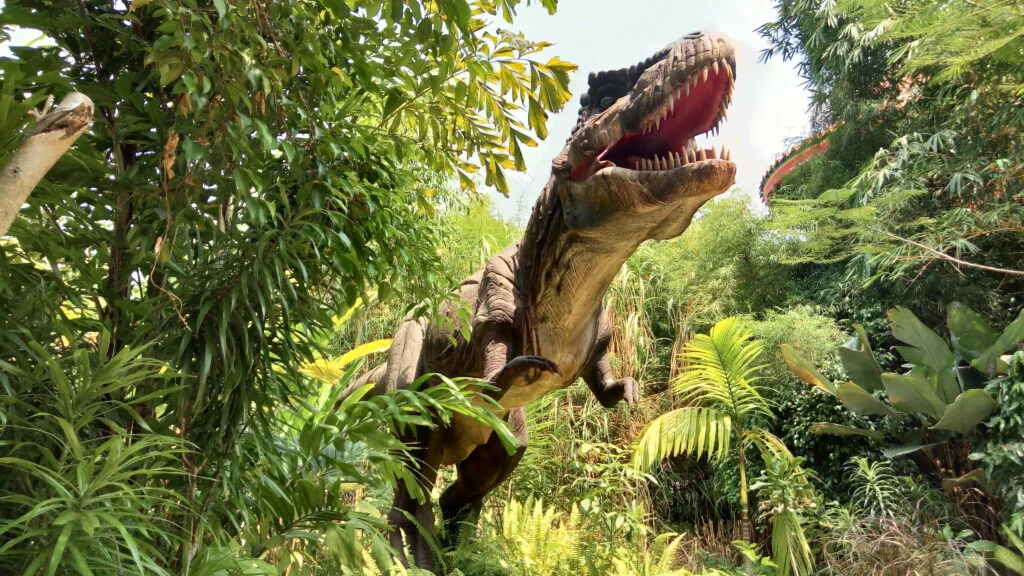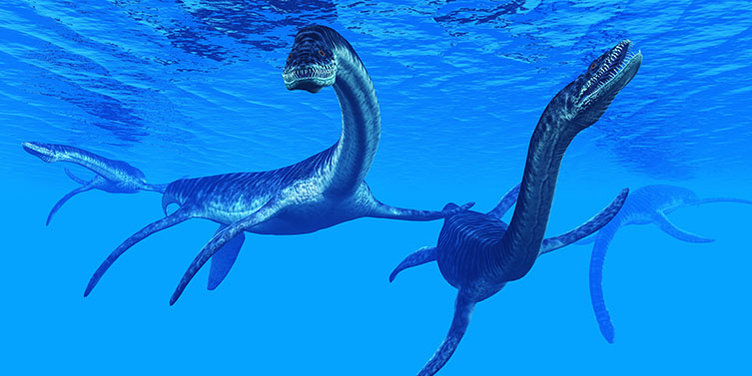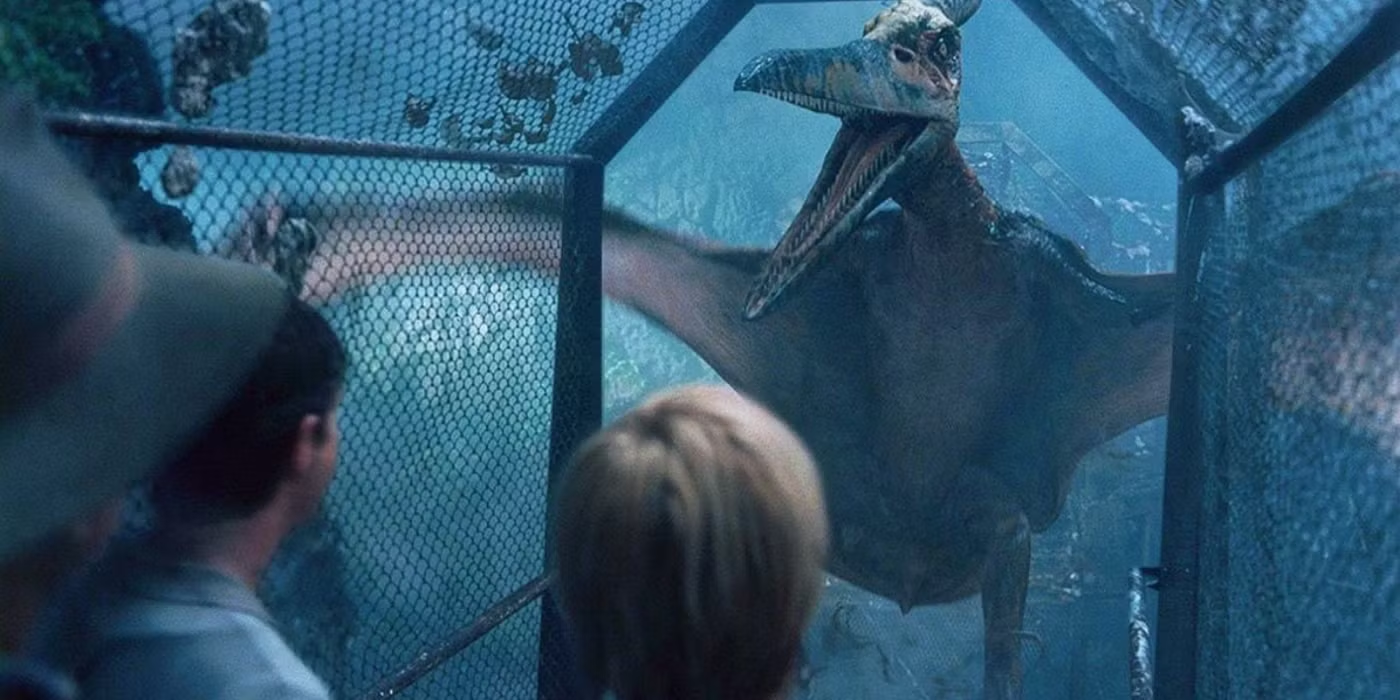
Jurassic Park: Why No Aquatic Species in the Original Movie?
Ever wondered why the original Jurassic Park movie didn't feature any aquatic species? This article explores the scientific reasons behind the absence of marine reptiles like the Mosasaurus and Plesiosaurus from Steven Spielberg's iconic film.

While the Jurassic Park franchise has since introduced these creatures, particularly in the Jurassic World installments and the animated series Camp Cretaceous, their initial exclusion was deliberate and rooted in paleontological accuracy.
The cloning process within the Jurassic Park narrative is pivotal, presenting opportunities for diverse dinosaur appearances. But why were aquatic species left out of the original trilogy?
Even with the inclusion of marine life in Chris Pratt and Bryce Dallas Howard's films, it's still a valid question to ask why the original movies didn't dive into these fascinating creatures.
The Mesozoic Era and the Absence of Aquatic Species
One key reason for the absence of aquatic species in the original Jurassic Park is the specific timeframe from which the dinosaurs were cloned.
The dinosaurs in Spielberg's film were cloned from the Mesozoic Era, specifically focusing on periods when terrestrial species were more dominant and well-represented.
Most major aquatic species, such as the Mosasaurus, thrived during the later stages of the Cretaceous period, which is later than the dinosaurs in the original Jurassic Park movie.
It's important to remember the "Great Dying," also known as the Permian-Triassic extinction event. This event decimated marine life, leading to the rise of new marine species during the Mesozoic era, but their dominance came later in the Cretaceous period.
Jurassic Park's Premise: Terrestrial
The fundamental premise of Jurassic Park also naturally led to its emphasis on terrestrial species.
The dinosaurs were cloned from DNA extracted from fossilized mosquitoes trapped in amber. These mosquitoes had fed on various dinosaur species, providing the DNA needed for cloning.
Since mosquitoes are unlikely to have fed on marine creatures, obtaining DNA from aquatic species would have presented a significant challenge for Richard Hammond and his team.
As Dr. Alan Grant explained, the scientists used frog DNA to fill in the gaps in the dinosaur genetic code. Were they to attempt cloning aquatic species, finding suitable DNA would have been a huge hurdle.

The most reliable method of obtaining dinosaur DNA in Jurassic Park was through amber preservation, which perfectly preserved the tissue. This method made cloning terrestrial dinosaurs more feasible than cloning marine reptiles.
The emergence of the Mosasaurus in Jurassic World reflects the logistical complexities involved in cloning marine reptiles.
Later Appearances of Aquatic Reptiles
While the original Jurassic Park trilogy lacked prominent aquatic species, they later appeared in Jurassic World: Camp Cretaceous.
The animated series introduced species like the Mosasaurus, Xiphactinus, and Shonisaurus, expanding the aquatic representation within the Jurassic Park universe.
The Mosasaurus became a recurring character in the animated series, highlighting its immense power and threat, despite its absence from the original movies.
Additionally, the Nothosaurus, a semiaquatic reptile, made an appearance in season 5, further diversifying the franchise's aquatic representation.
In conclusion, the absence of aquatic species in the original Jurassic Park movie was a deliberate decision based on scientific accuracy and the logistical constraints of the cloning process as presented in the film. While later installments explored marine life, the original film's remained on the terrestrial dinosaurs of the Mesozoic era.